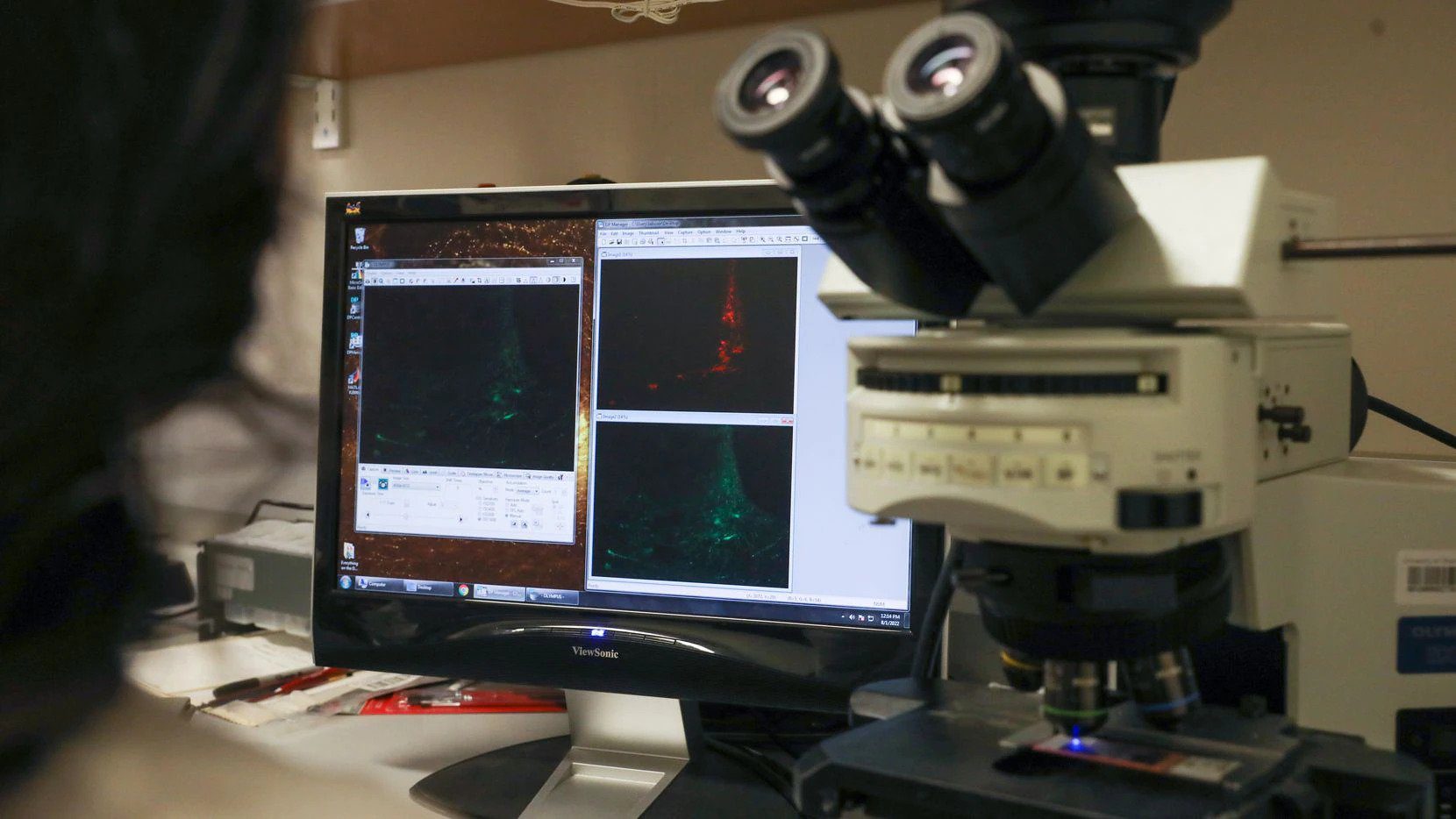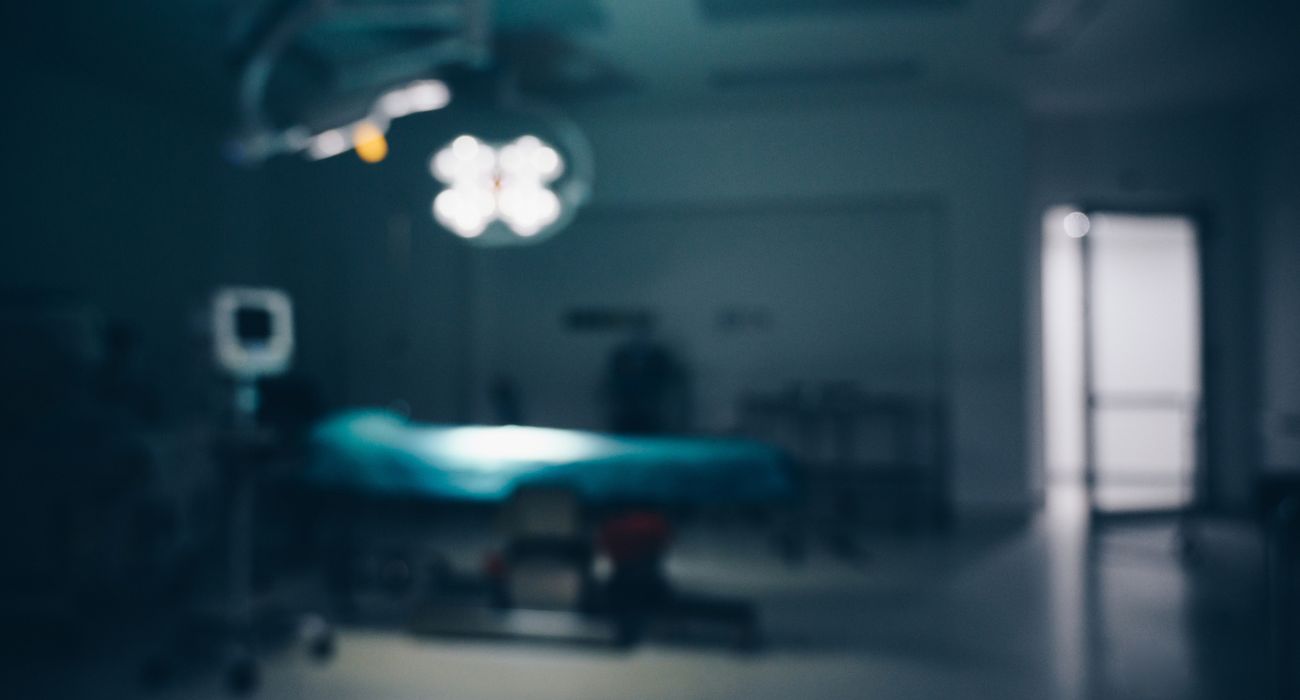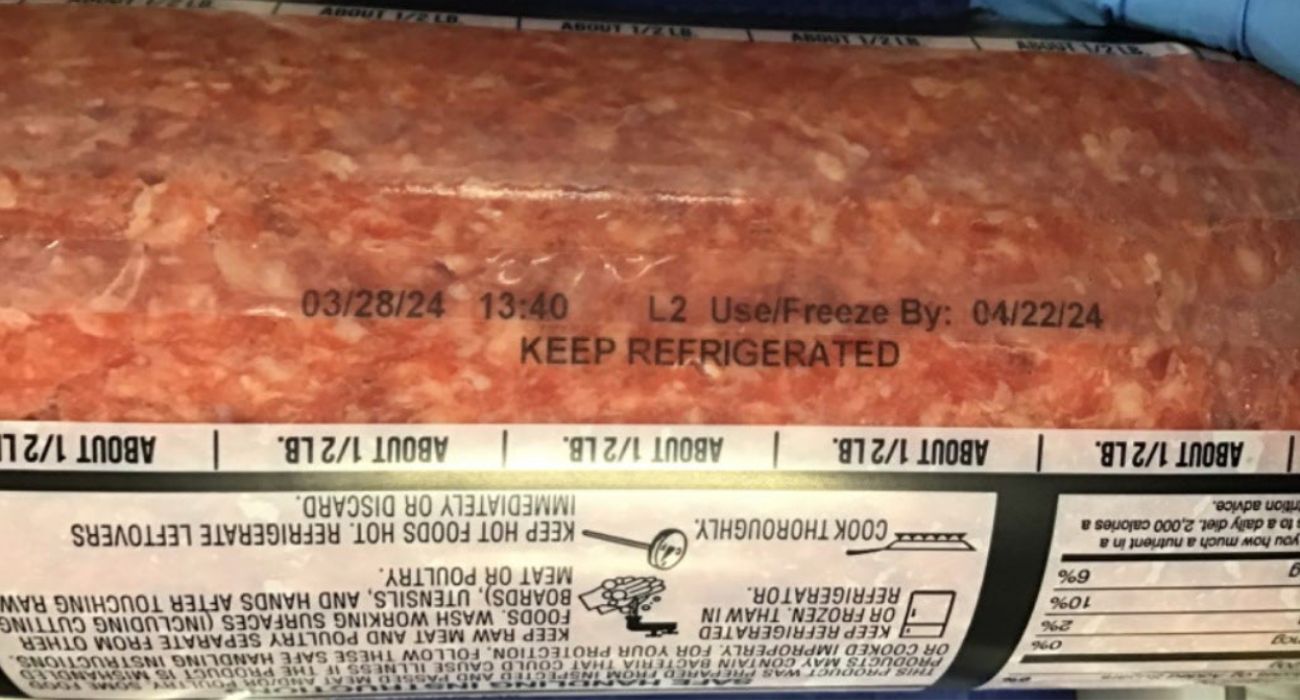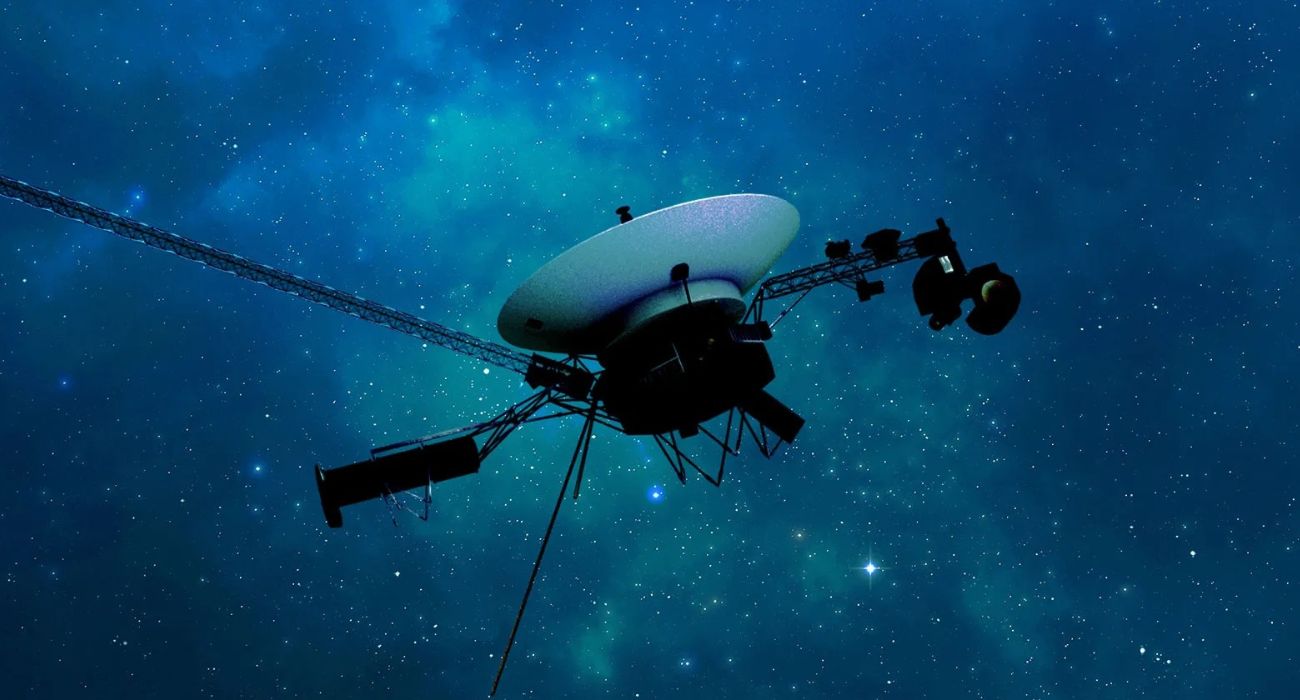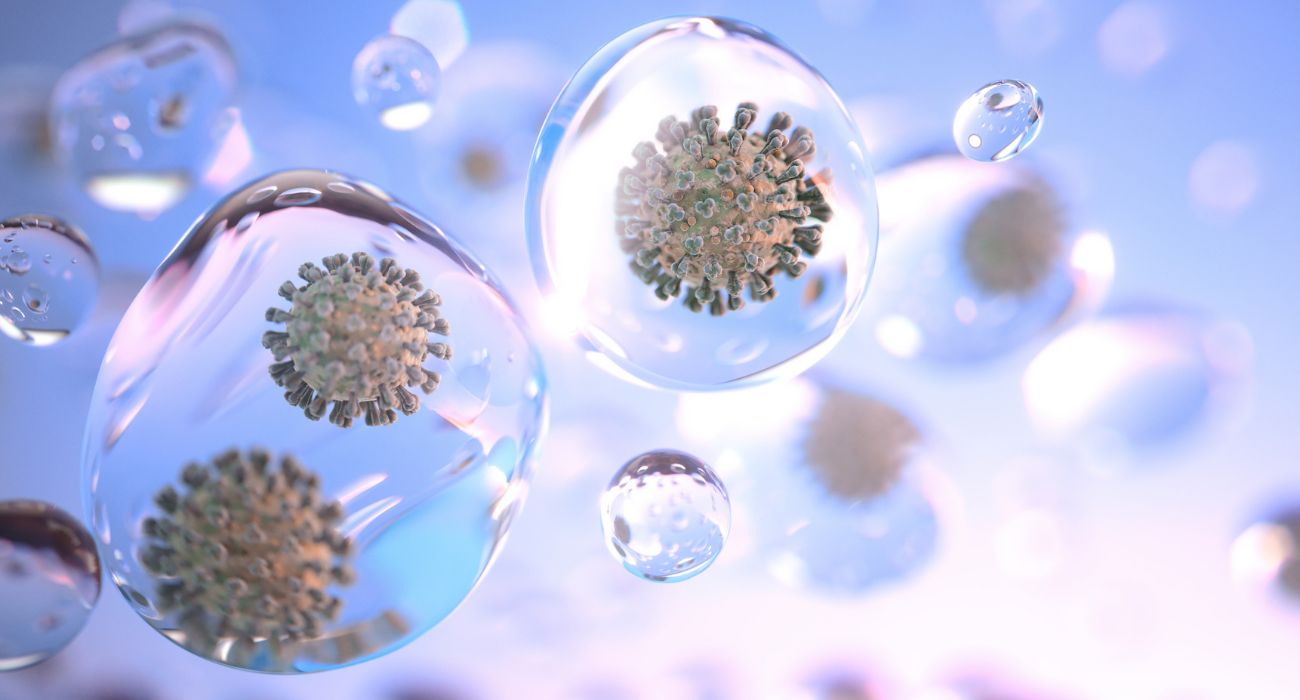Researchers at the University of Texas at Dallas (UTD) are delving into the question of whether vagus nerve stimulation (VNS) can accelerate the recovery of patients experiencing Post Traumatic Stress Disorder (PTSD).
UTD professors and neuroscience experts Dr. Catherine Thorn and Dr. Christa McIntyre, co-principal investigators for the study, recently received a $2.2 million grant from the National Institute of Mental Health to further their research. The goal, the pair said, is to create a combination therapy that is much more manageable for those suffering from PTSD.
The typical therapy path for PTSD patients includes regular exposure to triggers in order to de-sensitize the patient and extinguish the conditioned fears. This type of therapy can be stressful for someone extremely sensitive to triggers and thus has a high dropout rate.
However, researchers believe that adding VNS to the standard therapy will enhance memory of key events while bypassing the body’s fight-or-flight response that is triggered during times of stress.
The vagus nerve is actually two nerves — a left and a right — that are referred to together as the vagus nerve. It is the longest nerve of the autonomic nervous system and is one of the most important nerves in the body.
It originates in the brain stem, runs through the neck, and extends into the chest and abdomen. It controls many of the body’s involuntary functions, such as heartbeat, digestion, and breathing, and also carries sensory information from the internal organs to the brain.
The VNS technique has already shown to be effective alongside regular therapy for other conditions, such as strokes, depression, epilepsy, and tinnitus. In most cases, a small implant is inserted underneath the skin, where it can transmit electronic pulses to the left vagus nerve.
Over 10,000 people have had such implants in the last 12 years. Side effects are mild and uncommon, the National Library of Medicine concluded.
The UTD study is a two-part research project. One team of researchers is studying the mechanism of how and why this treatment works. A second team is running a clinical trial of a new smaller device to deliver the treatment.
With help from research teams at the UTD, the treatment may soon be approved for patients with PTSD.

